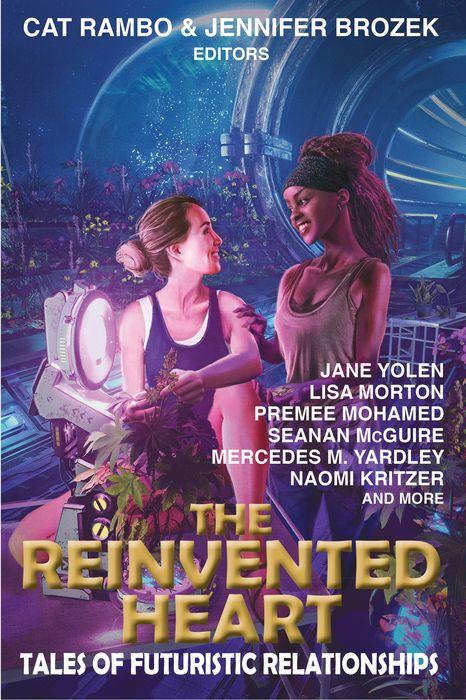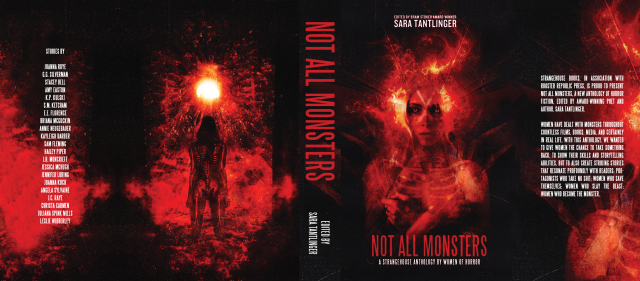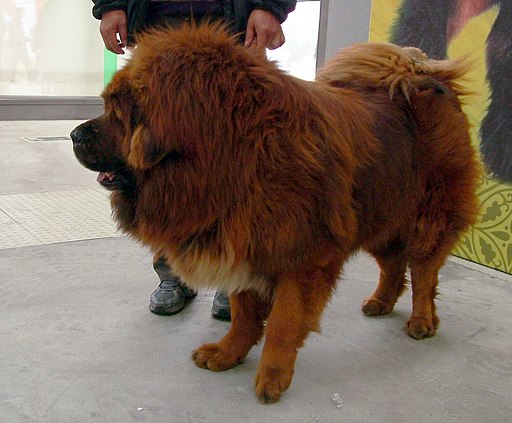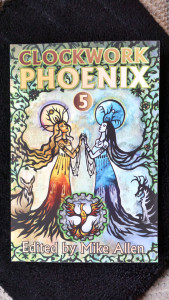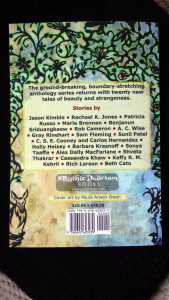It’s a new year already!
I can hardly believe how long it has been since I last updated. Last time I posted anything here the weather was still relatively warm and we’d just had a glorious weekend sea-kayaking off the Banffshire coast. Today the snow is falling, there’s a thick layer of ice outside and we’ve just finished taking another wood delivery.
 Keil’s Den at Christmas
Keil’s Den at ChristmasI’ve been submerged in a number of projects (and life), deep down past where blue turns to black, and it has been impossible to come up for air.
At the end of a year I’m usually given to reflection — to thinking about what went well, what didn’t, what I learned, what I will be able to do better. I’ve not done that, partially because I really don’t want to dwell on the events of 2014 any more than I do already.
Instead I’m going to set out some goals for the following year. After almost two decades in dayjobs that have semi-annual appraisals, the concept of SMART targets is pretty much ingrained. I know I can’t control certain goals in my writing career, no matter how much I want them — for instance, making my first professional sale — because they are dependent on the decisions of others, and I cannot control the decisions of others. I can, however, maximise opportunity for those things to happen, and I can control the various aspects that are solely down to me. With that in mind, here are my targets for this year:
- Have something out to market at all times.
I could specify numbers of pieces, but I don’t want to this year. This was one of my targets for last year, and I didn’t achieve it for various reasons that will be obvious if you’ve been playing along at home. I’d like to achieve a solid 12 months of constant submission before I start giving myself numeric targets.
- Complete to first draft at least one short-form story for every month of the year.
I’m not saying one story per month because that’s too restrictive. If I write three in one month but spend the next two editing, that’s fine.
- Complete to first draft one long-form work.
I have three novel-length projects underway at the moment (two of them have been added to the wordcountometer over on the right there). My target is completion of just one.
- Update at least one of my two blogs every other week. (Certainly more frequently than each wood delivery!)
These might seem under-ambitious, but it’s very easy to set targets that are over-ambitious and then become demoralised at failure to achieve them.
SMART = Specific, Measurable, Achieveable, Realistic, Time-related. Allowing for the day job (which is going to be very demanding for the forseeable future), other writing/editing-related work, and the other things life throws into the mix (eating, sleeping, health, fitness, etc), as well as allowing for the fact last year was very difficult, I’m pinning my ambitions on a handful of targets I hope are balanced more towards the achievable than aspirational end of the scale.
At the end of the day, aspirations, ambitions, goals, targets and achievements are inter-related, and should be inter-dependent, but should also be viewed as a progression. To use a fitness metaphor, one may aspire to be a strongman, for which one has the ambition of competing in a national competition, the goal of qualifying at a particular local contest, and the target of lifting a specific weight at that particular training session. Targets should be SMART, and they should feed into that progression, otherwise they are distracting or misleading.
Do you have any targets for 2015? Let me know in the comments so I can cheer you on!
